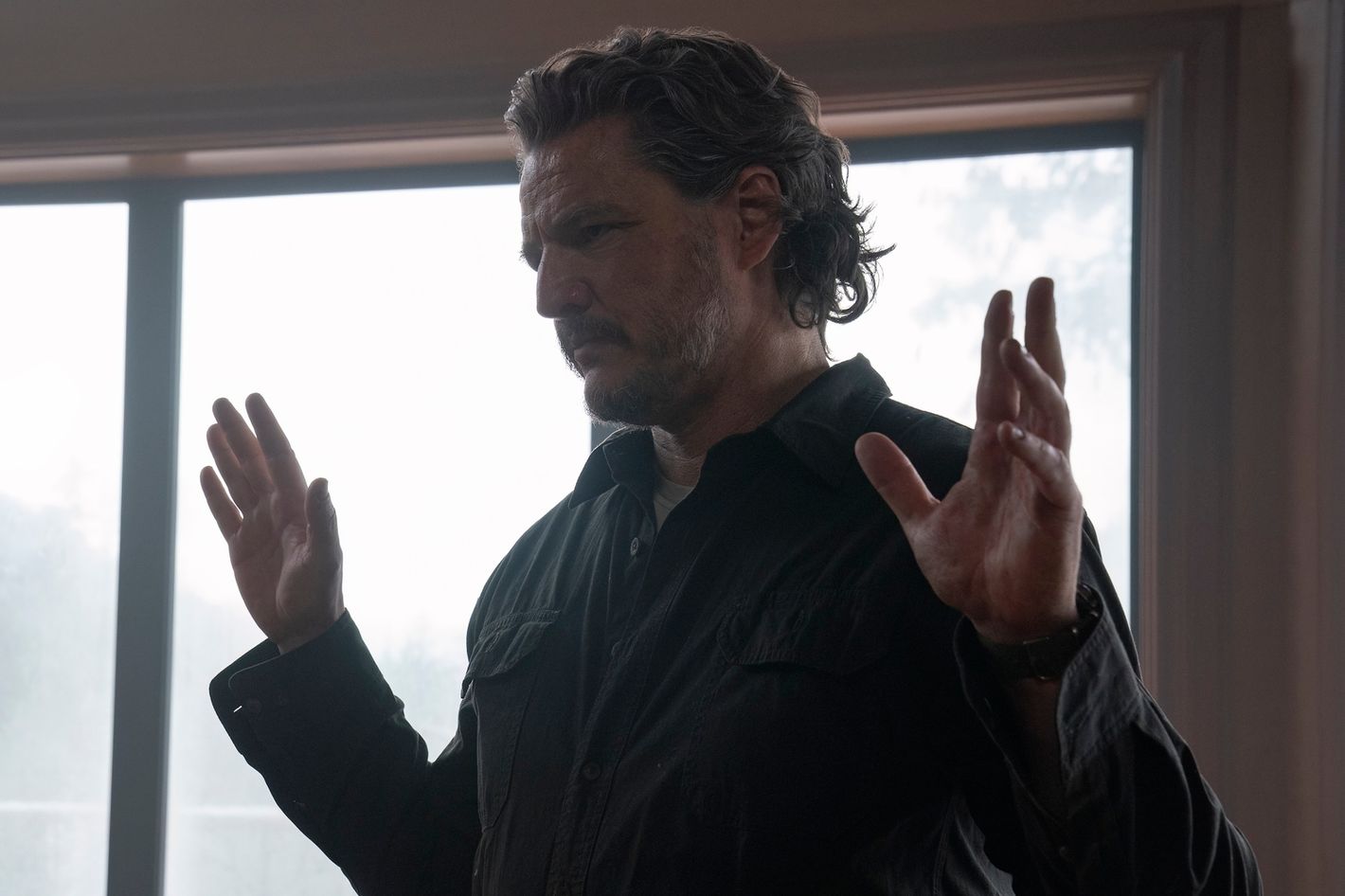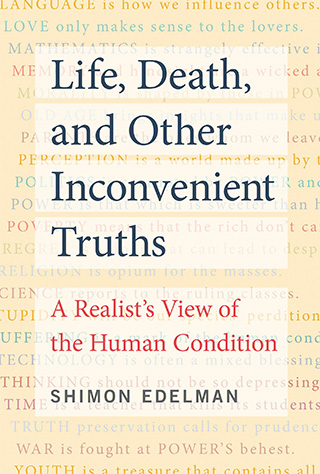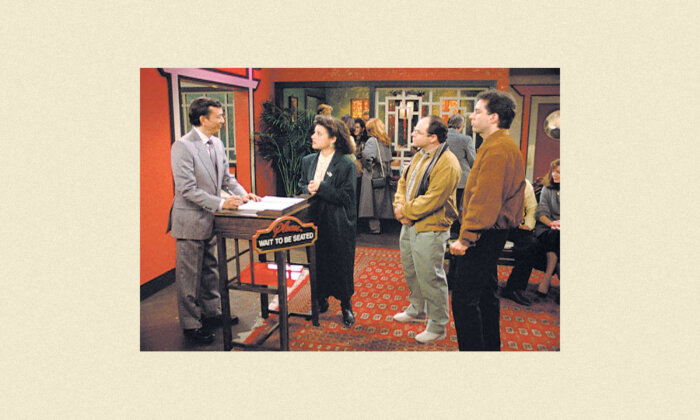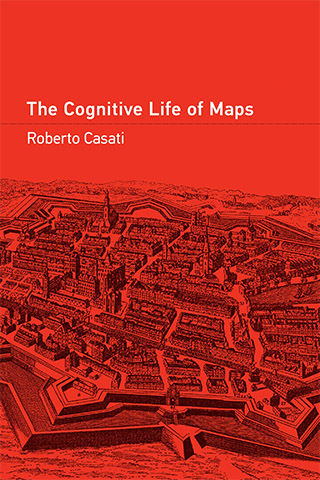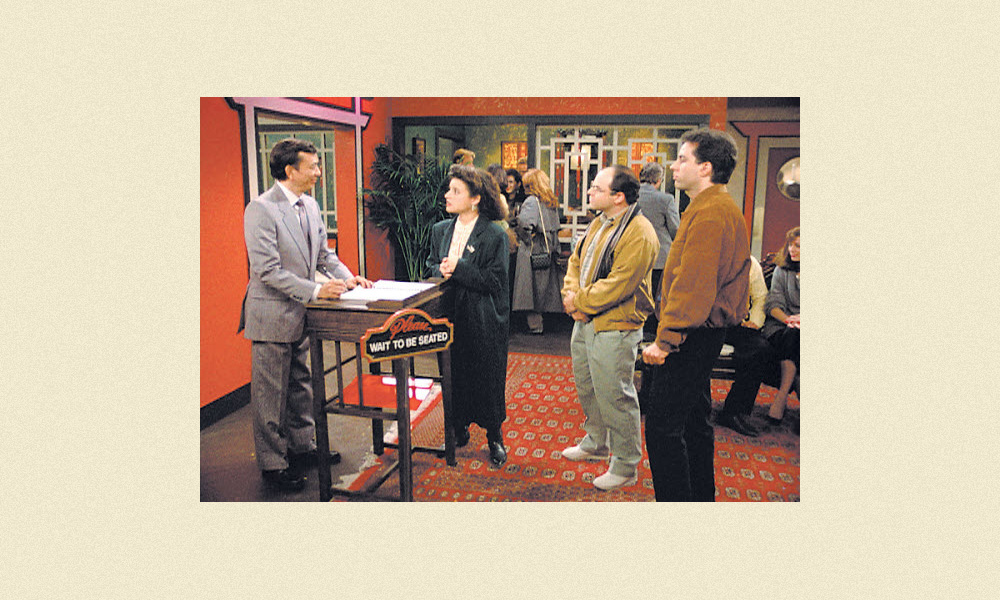If you have tips about the Trump administration’s efforts to remake American science, you can contact Katherine on Signal at @katherinejwu.12.
For decades, the National Institutes of Health has had one core function: support health research in the United States. But for the past month, the agency has been doing very little of that, despite multiple separate orders from multiple federal judges blocking the Trump administration’s freeze on federal funding. For weeks on end, as other parts of the government have restarted funding, officials at the Department of Health and Human Services, which oversees the NIH, have pressed staff at the agency to ignore court orders, according to nearly a dozen former and current NIH officials I spoke with. Even advice from NIH lawyers to resume business as usual was dismissed by the agency’s acting director, those officials said. When NIH officials have fought back, they have been told to heed the administration’s wishes—or, in some cases, have simply been pushed out.
This article was featured in the One Story to Read Today newsletter. Sign up for it here.
The lights at the NIH are on; staff are at their desks. But since late January, the agency has issued only a fraction of its usual awards—many in haphazard spurts, as officials rushed grants through the pipeline in whatever limited windows they could manage. As of this week, some of the agency’s 27 institutes and centers are still issuing no new grants at all, one NIH official told me. Grant-management officers, who sign their name to awards, are too afraid, the official said, that violating the president’s wishes will mean losing their livelihood. (Most of the officials I spoke with requested anonymity, out of fear for their job at the agency, or—for those who have left—further professional consequences.)
[Read: The erasing of American science]
NIH lawyers have told officials at the agency that to comply with court orders, they must restart grant awards and payments. But HHS officials have handed down messages too, several current and former NIH officials told me: Hold off. Maintain the pause on grants. And the NIH’s acting director, Matthew Memoli, who until January was a relatively low-ranking flu researcher at the agency, has instructed leadership to stick to what HHS says. Memoli, HHS, and the NIH did not respond to requests for comment.
NIH officials are used to following cues from their director and from HHS. But they were also used to their own sense of the NIH’s mission—to advance the health of the American people—being aligned with their leaders’. For weeks now, though, they have been operating under an administration ready to dismantle their agency’s normal operations, and to flout court orders to achieve its own ends.
As the freeze wore on, one former NIH official told me, some people at the agency recalled a mantra that Lawrence Tabak, the NIH’s longtime principal deputy director, often repeated to colleagues: As civil servants, your role is not to call the policies, but to implement them. That is your duty, as long as you’re not doing something illegal or immoral. The NIH’s expert staff might have their own ideas about how to allocate the agency’s funds, but if political leaders chose to pour money into a pet project, that was the leaders’ right. This time, though, many at the NIH have started wondering if, in implementing the policies they were told to, they were crossing Tabak’s line. Over and over, the former NIH official told me, “We were asking ourselves: Are we there yet?”
Without the ability to issue research grants, the NIH effectively had its gas line cut. The agency employs thousands of in-house scientists, but a good 80 to 85 percent of its $47 billion budget funds outside research. Each year, researchers across the country submit grant proposals that panels of experts scrutinize over the course of months, until they agree on which are most promising and scientifically sound. The NIH funds more than 60,000 of those proposals annually, supporting more than 300,000 scientists at more than 2,500 institutions, spread across every state. This system backed the creation of mRNA-based COVID vaccines and the gene-editing technology CRISPR; it supported 99 percent of the drugs approved in the U.S. from 2010 to 2019. The agency has had a hand in “nearly all of our major medical breakthroughs over the past several decades,” Taison Bell, a critical-care specialist at UVA Health, told me.
That system ground to a halt by late January, after the Trump administration paused communications across HHS on January 21, and a memo released from the Office of Management and Budget just days later froze funding from federal agencies. The NIH stopped issuing new awards and began withholding funds from grants that had already been awarded—money that researchers had budgeted to pay staff, run experiments, and monitor study participants, including, in some cases, critically ill patients enrolled in drug trials.
Several of the agency’s top officials immediately sought advice from Tabak, who served as interim director from December 2021 to November 2023, and had long been a liaison between the agency and HHS. But Tabak openly admitted, several officials told me, that his power in this moment was limited. Although he had been the obvious choice to act as the NIH’s interim leader after Monica Bertagnolli, the most recent director, stepped down, the Trump administration hadn’t tapped him for the position. In fact, several officials said, the administration had ceased communicating with Tabak altogether. (Tabak declined to comment for this story.)
The role of acting director had instead gone to Memoli, who had no experience overseeing awards of external grants or running a large agency. But, officials said, Memoli had expressed beliefs that seemed to align with the administration’s. In 2021, he had called COVID vaccine mandates “extraordinarily problematic” in an email to Anthony Fauci (then director of the NIH’s National Institute of Allergy and Infectious Diseases) and reportedly refused the shot himself; last spring, Jay Bhattacharya, Donald Trump’s nominee to lead the NIH, praised Memoli on social media as “a brave man who stood up when it was hard.” And last year, Memoli had been deemed noncompliant with an internal review, two officials said, after he submitted a DEI statement calling the term “offensive and demeaning.”
[Read: A new kind of crisis for American universities]
From the moment of his appointment, Memoli became, as far as other NIH staff could tell, “the only person the department or the White House was speaking directly to” on a regular basis, one former official said. And the message he passed along to the rest of the agency was clear: All NIH grants were to remain on pause.
That position was at odds with a growing number of court orders that directed the federal government to resume distributing federal funds. Some of those orders included painstaking, insistent language usually reserved for defendants who seem unlikely to comply, Samuel Bagenstos, who until December served as general counsel to HHS, told me. In written correspondence with senior NIH leadership in early February, current HHS lawyers, too, interpreted the court’s instructions unambiguously: “All stop work orders or pauses should be lifted so contract or grant work can continue” and contractors and grantees could be paid. In other words, put everything back the way it was.
Government lawyers aren’t the final arbiters on what’s legal. But the National Science Foundation, for instance, unfroze its funding on February 2. And the independent lawyers I spoke with agreed with what HHS counsel advised. The continuation of the NIH freeze “is unambiguously unlawful,” David Super, an administrative law expert at Yale University and Georgetown University, told me. The money that Congress appropriates to federal agencies each year is intended to be spent. “If they’re holding it back for policy reasons,” Super said, “they’re violating the law.”
At a meeting on February 6, several of the agency’s institute and center directors demanded that Memoli explain the NIH’s continued freeze. David Lankford, the NIH’s top lawyer, said that the position of the general counsel’s office aligned with that of the courts: Grants should be “awarded as intended.”
But Memoli called for patience, officials with knowledge of the meeting told me. He was waiting for one thing in particular to restart grant funding: He had tasked Michael Lauer, the deputy director of the NIH’s Office of Extramural Research, which oversees grants, to draft a formal plan to make the agency’s funding practices consistent with Trump’s executive orders on gender, DEI, foreign aid, and environmental justice. (Lauer declined to comment for this story.)
Squaring those orders with the NIH’s mission, though, wasn’t straightforward. One sticking point, officials said, was funding for research into health disparities: If the administration’s definition of DEI included studies that acknowledged that many diseases disproportionately affect Americans from underrepresented backgrounds, complying with Trump’s orders could mean ignoring important health trends—and broad cuts in funding across many sectors of research. Cancer, for instance, disproportionately affects and kills Black Americans; men who have sex with men are the population most affected by HIV. “To pretend that entire communities don’t exist—in health, that doesn’t make sense,” Bertagnolli, the former NIH director, told me.
In several discussions that followed, officials with knowledge of those conversations said, Memoli assured NIH officials that health-disparity research could continue, as long as the inclusion of diverse populations in studies was “scientifically justifiable.” But given the administration’s disregard of scientific norms up until this point, “nobody was particularly satisfied by that explanation,” one former official told me.
Still, on February 7, Memoli yielded a bit of ground: He green-lighted the NIH to start issuing a small subset of grants for clinical trials. That allowance fell far short of Lankford and other lawyers’ recommendation to resume grant funding in full—but some officials wondered if the ice had begun to thaw.
That afternoon, Memoli acknowledged to other NIH officials that he understood what the agency’s lawyers were telling him, an official with knowledge of the meeting told me. But then, he offered an alternative justification for holding back the agency’s funds. What if, he said, the halt was continuing, not because the agency was adhering to the president’s executive orders, but because it was pursuing a new agenda—a new way of thinking about how it wanted to fund research? Such shifts take time; surely, the agency couldn’t continue its work until it had reoriented itself.
The lawyers were unmoved. At best, they said, that argument came off as a thinly veiled attempt to disregard court orders. Memoli contemplated this. He had no choice, he insisted: He was following the directions of three HHS officials—Dorothy Fink, then the acting secretary; Heather Flick Melanson, chief of staff; and Hannah Anderson, deputy chief of staff of policy—who had told him, in no uncertain terms, that the pause was to continue, save for the few award subtypes he’d already okayed. In other words, the Trump administration’s political leadership at HHS wanted funding to stay frozen, and that overruled any legal concerns.
And, as officials learned later that day, HHS officials had been planning new ways to limit NIH funding. That afternoon, they foisted a new policy on the NIH that would abruptly cap the amount of funding that could be allocated to cover researchers’ and universities’ overhead. The first Trump administration had tried to cut those “indirect cost” rates in 2017; in response, Congress had made clear that altering them requires legislative approval. And so within days, yet another temporary restraining order had blocked the cap.
[Read: The NIH memo that undercut universities came directly from Trump officials]
By this point, NIH lawyers were grim in their prognosis. If the agency moved forward with slashing indirect cost rates, they explained, individual staff members could be prosecuted for failing to comply with a congressional directive. On February 10, Sean R. Keveney, HHS’s acting general counsel, sent a memo to Flick Melanson that included a directive in bold, italicized font: All payments that are due under existing grants and contracts should be un-paused immediately.
Two days later, Lauer, the extramural-research director, issued a memo authorizing his colleagues to resume issuing awards—what should have been the agency’s final all-clear to return to normalcy.
Even then, the staff remained divided on how to proceed. Some institutes immediately began sending out awards: Lauer’s email spurred one institute, a current official told me, to process 100 grants in a single afternoon. Others, though, still held back. “They’re scared out of their minds,” the official told me. Some worry that, despite what Memoli has said, they’ll be held accountable for somehow violating the president’s wishes, and be terminated.
So far, at least 1,200 federal workers—many of them on probationary status—have been fired from the NIH; a new OMB memo released yesterday indicates that more layoffs are ahead. On February 11, HHS also attempted to unceremoniously reassign Tabak, the deputy director, to an essentially meaningless senior advisory position to the acting HHS secretary, with an office in another city, far from the laboratory he ran at the agency—a demotion that several NIH officials described to me as an insult. Tabak chose instead to retire that same day, abruptly ending his 25-year stint at the agency; Lauer, who had worked closely with Tabak for years, announced his own resignation that same week.
Their departures left many at the agency shocked and unmoored, several former and current officials told me: If Tabak and Lauer were out, was anyone’s position safe? And because Lauer left immediately after clearing his colleagues to issue grants, who would ensure that the agency’s core business would continue? “We’re all still terrified for our jobs,” one current official told me. Agency hallways, where colleagues once chatted and laughed, have sunk under an uncomfortable silence: “No one knows who they can trust.”
The administration has also kept up its attempts to block NIH grants. Even after Lauer’s memo went out, HHS continued to bar agency officials from posting to the Federal Register, the government journal that publishes, among other things, the public notices required by law for meetings in which experts review NIH grant applications and issue funds, one official told me. The NIH might have been allowed to award grants, but logistically, it was still unable to. Finally, on Monday, Memoli announced in a leadership meeting that the agency could resume submitting to the Federal Register. But there were limits: Although officials could post notice of some meetings to review grant proposals, meetings to finalize funding recommendations were still off the table—meaning the NIH would still be in a grant backlog. “We can’t go crazy and put all our meetings on,” Memoli told his colleagues. But if agency personnel responded to this new allowance reasonably, he said, they’d be granted more liberty.
[Read: Grad school is in trouble ]
To Super, the administrative lawyer, curtailing posting to the Federal Register constituted yet another strategy intended to circumvent court orders. “These aren’t legitimate workarounds,” he said. “This is contempt of court.” The NIH’s developing plan to align the agency’s strategies with the president’s executive orders—which, officials told me, is still awaiting formal HHS approval—may end up being a legal battleground too: On Friday, a federal judge declared Trump’s executive order attacking DEI programming a potential violation of the First Amendment.
The longer the pause on NIH funding has dragged on, the more the American research community has descended into disarray. Universities have considered pausing graduate-student admissions; leaders of laboratories have mulled firing staff. Diane Simeone, who directs UC San Diego’s cancer center, told me that, should the pause continue for just a few more weeks, dozens of clinical trials for cancer patients—sometimes “a patient’s best chance for cure, and long-term survival,” she told me—could be at risk of shutting down.
Even if courts ultimately nullify every action that the Trump administration has taken, the NIH—at least in its current form—may remain in jeopardy. Robert F. Kennedy Jr., now the leader of HHS, has said that he wants to shift the agency’s focus away from infectious disease and downsize the staff. Some Republicans have been pressing for years to slash the number of institutes and centers at the agency, which depends on Congress for its budget, or to disburse its funding to the states as block grants—a change, Bertagnolli told me, that could mean biomedical research in America “as we know it would end.”
At a meeting with NIH leadership on February 13, Memoli explained to officials that “we are going to have to accept priorities are changing.” He didn’t say what those changing priorities might be, but previewed an era of “radical transparency,” language that would headline an executive order from Trump just days later. In this moment, federal judges were “hampering us” from moving forward, into the agency’s future, Memoli said. But the path before them remained the same: The NIH would do as the nation’s leaders wished.
